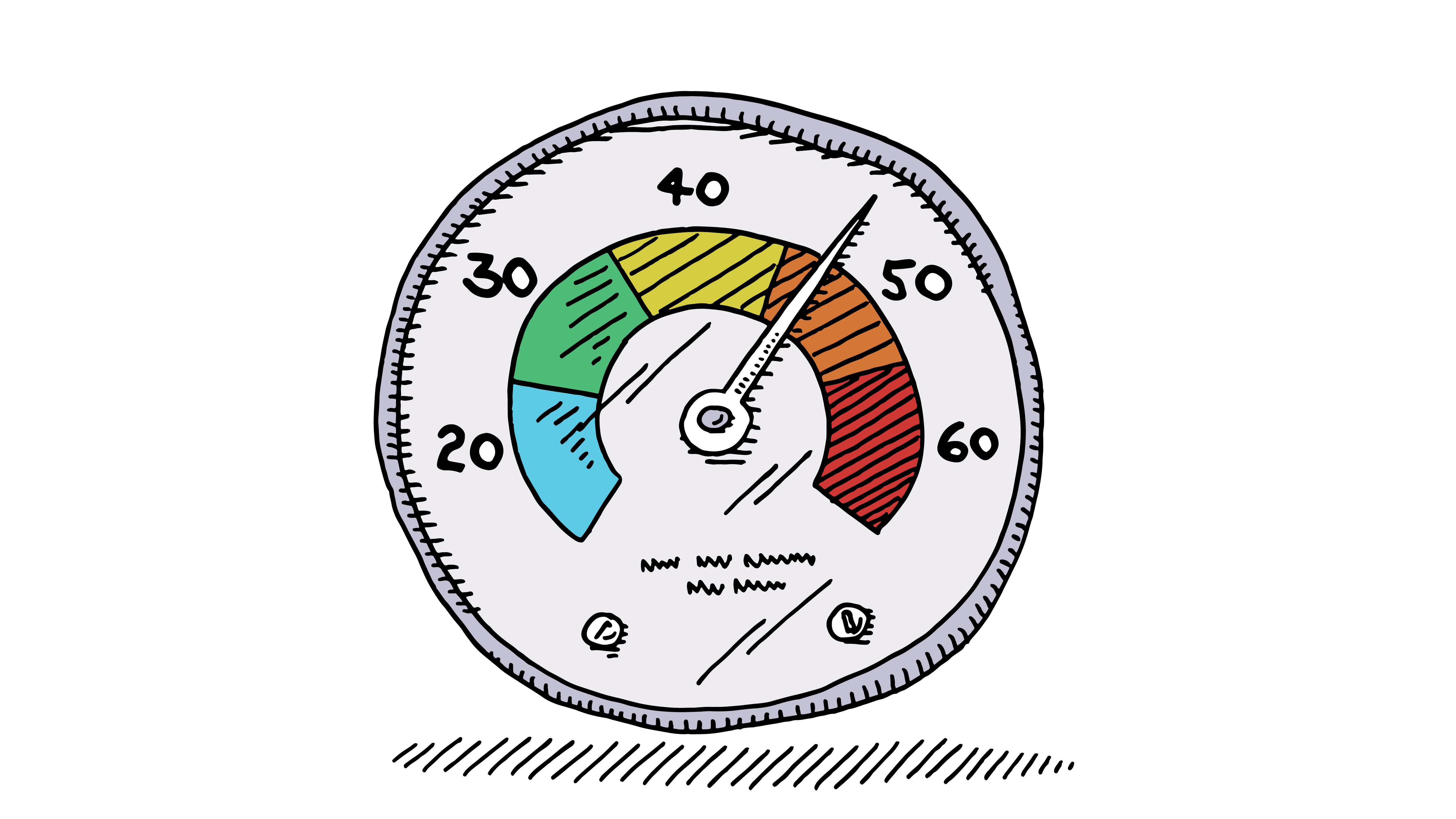Retirement Planning at Any Age (Secure Your Future)
No matter where you are in life, retirement planning is a smart way to secure your future. Here are some great tips on how to save for retirement at any stage of life, plus average retirement savings by age.
Retirement planning in your 20s...
It’s never too early to start saving! The first step is to create a budget. This may seem daunting, but knowing how much you actually have and where it’s going is very important. An accurate look at your budget will allow you to handle expenses while tucking funds away for the future.
Build good credit: Having good credit could save you tens of thousands of dollars throughout your lifetime. Lenders will use your credit score to determine how likely it is that you’ll repay borrowed money, and they will assess interest charges based on that risk level. Having excellent credit lowers the amount of interest you’ll pay, freeing up more of your funds for retirement savings. Learn more about how to build credit here.
Take advantage of employer retirement assistance plans: Retirement assistance plans are a common benefit offered by employees. If your employer gives you a chance to invest in a 401(k) plan (the most common employer-sponsored retirement plan), go for it! Employers will often match contributions up to a certain percentage as well, giving you more bang for your buck.
Set up automatic transfers to a savings account: If you’re not quite ready to dive into the world of retirement plans, another option is to use a basic savings account to stack up some cash. While interest accrued from your savings won’t be anywhere near as lucrative as returns from a retirement plan, you’ll still be making a smart move by saving a portion of your income.
The average retirement savings: One year’s worth of salary.
Retirement planning in your 30s...
Buckle up: Responsibilities may seem like they’re stacking up much faster than your savings are. A mortgage and childcare expenses can put a dent in your finances, as well as other obligations such as student loan payments. You’ll need to work hard to balance expenditures with retirement savings!Amp up 401(k) contributions: Despite the pressure of debts and other expenses, now is not the time to skimp on your retirement savings. Take advantage of employer offerings, such as 401(k) contribution matching, and put as much in as you can. While it may sound counterintuitive, investing in your retirement may actually lessen feelings of financial stress. Knowing you have a plan in place for the future provides feelings of security.
Investigate your Roth options: Money you put into a Roth IRA (Roth Individual Retirement Account) is taxed, BUT after that your account grows tax-free. You also won’t need to pay any taxes on withdrawals. As an added bonus, you can withdraw from this kind of account penalty-free, so it acts almost as a backup savings account. One downside is the contribution limit: you may only invest $6,000 per year in a Roth IRA.
Try not to neglect retirement savings: As you experience major life events like purchasing a home or starting a family, it’s easy for retirement plan investments to move to the background. Do your best to keep your future at the forefront through life’s ups and downs.
Average retirement savings: $24,000 (early 30s) to $44,600 (late 30s).
Note: the recommended savings by age 39 is three times your annual salary. Hitting this target now will keep you from scrambling later.
Retirement planning in your 40s...
Get down to business: Your 40s are peak earning years and an important time to grow your nest egg. Childcare expenses are dwindling or disappearing, and salaries are increasing. This means it’s prime time to contribute to retirement plans.Assess your retirement goals: What does the ideal retirement look like to you? Would you like to sell everything you own and travel the world? Pay off your home and spend time with family? What kind of lifestyle do you envision? The answers to these questions affect how much of your income you’ll need to put away.
Consider an Independent Retirement Account (IRA), especially if you do not have an employer-sponsored retirement plan, an IRA provides advantaged retirement savings options. Different IRA plans have different advantages and drawbacks. It’s good to meet with a trusted financial advisor to go over these details.
Be sure to roll over 401(k)s if you change jobs.
Pay down debt as much as possible. This will reduce the amount of your income that goes to interest, and lay the foundation for greater financial freedom in your 50s.
Try investing in index funds or mutual funds. Most employee-sponsored retirement plans go into mutual funds. Mutual funds spread your investment across a variety of underlying assets to achieve stability and positive growth.
Average retirement savings: $67,900 (early 40s) $119,000 (late 40s).
Retirement planning in your 50s...
Take a deep breath: You’re down to the wire, but it’s not too late to make smart money moves!Review projected monthly expenses as you move closer to retirement: Would it help to downsize your home? Are there ways you can scale back? How much money will you need month to month after you make any necessary adjustments?
Finish tackling debt, particularly your mortgage: Paying off your debts now will save you major stress in the coming decade. Owning your house outright is an especially important move for your peace of mind.
Catch up: At age 50 you can begin making “catch up contributions” to tax-sheltered savings. The “catch-up” amount has historically been $1,000 more than the current IRA contribution limit.
Consider long-term health insurance: Long-term health insurance pays for extended medical care, lessening the amount of your retirement savings that will need to be spent on healthcare costs.
Average retirement savings: $137,700 (early 50s) to $213,700 (late 50s).
Retirement planning in your 60s...
Prepare for landing: Retirement is right around the corner! You’re on the homestretch now.Take advantage of tax-favoring accounts: Max out your 401(k) contributions and funnel money into an IRA or Roth IRA if you aren’t already.
Work longer if needed: if you’re not quite at your savings goal or if debt is high, a few more years of work can make a huge difference.
Delay withdrawing social security: Drawing social security later (say at age 70) increases your monthly benefit amount significantly. Want to see for yourself? Create a Social Security Administration account to compare numbers.
Average retirement savings: $229,101.
No matter your age, you can make intelligent choices that will lead you to a comfortable, secure future. At any stage, it can be reassuring to touch base with a trusted financial advisor. Hold on tight and enjoy the ride to retirement!
References
- Julia Kagan (Nov 2019) Individual Retirement Account
- Motley Fool (June 2019). What is an Index Fund?
- Adam Hayes (Dec 2019). Mutual Funds
- Matthew Goldberg (March 2019). How to roll over your 401(k) in 5 easy steps
- All retirement figures from: DQYDJ (Nov 2019) American Retirement Savings by Age: Averages, Medians and Percentiles








